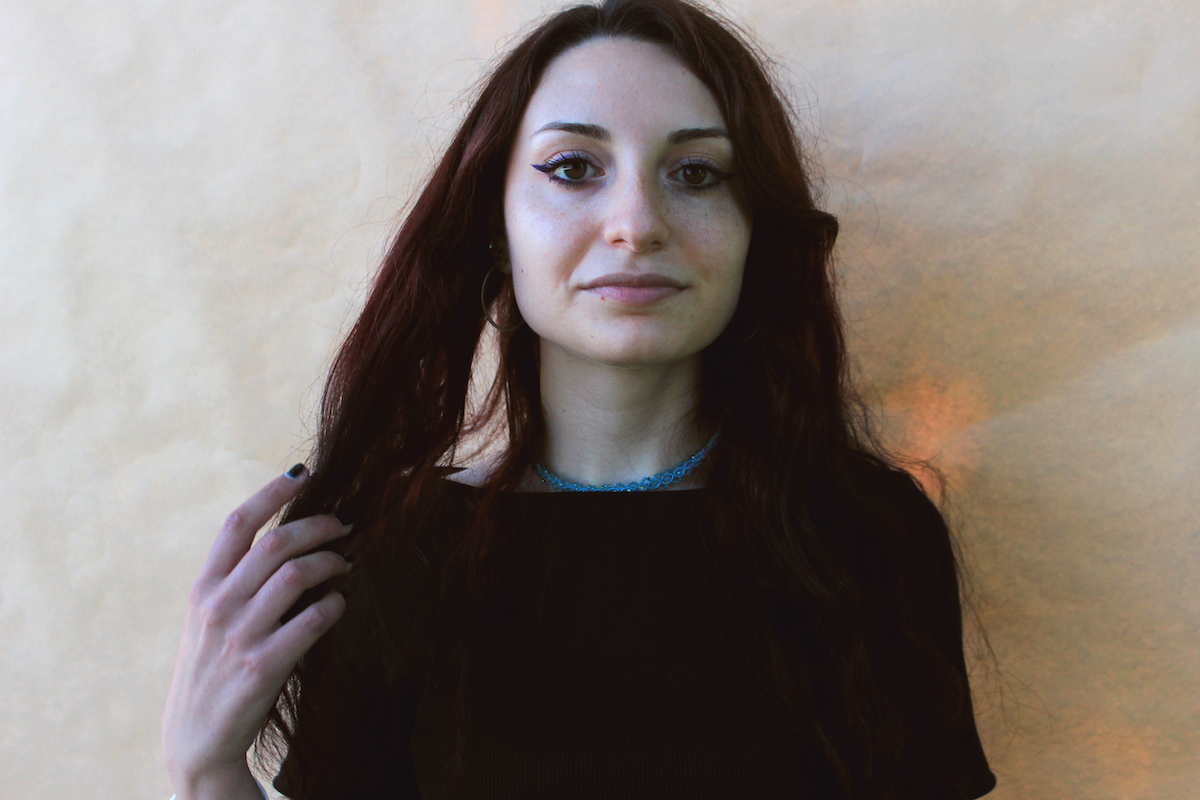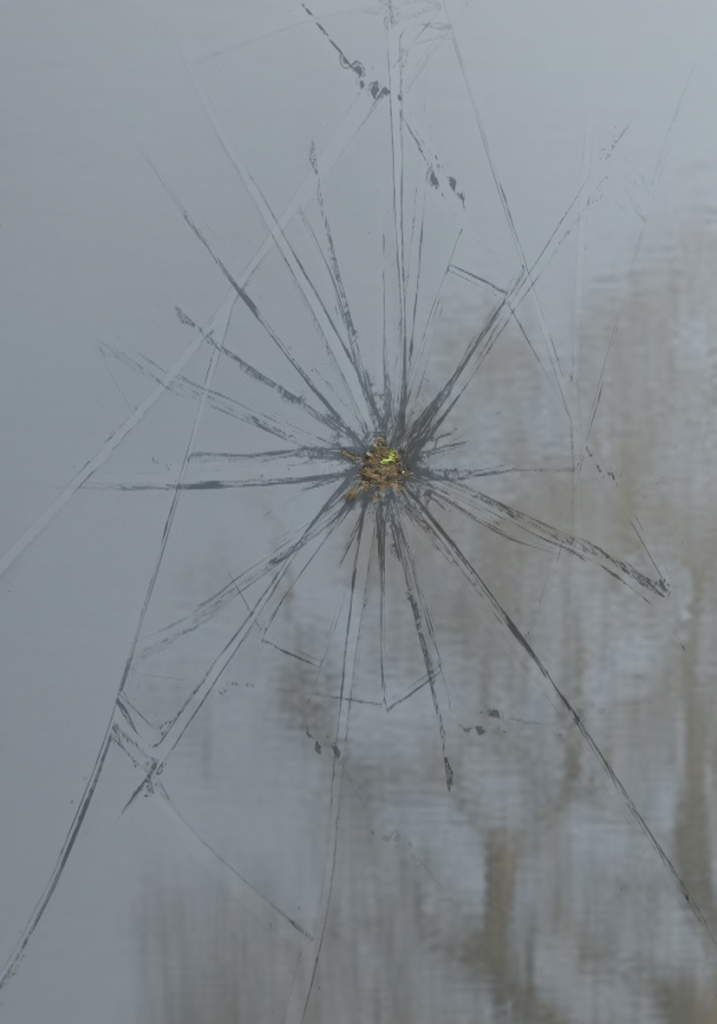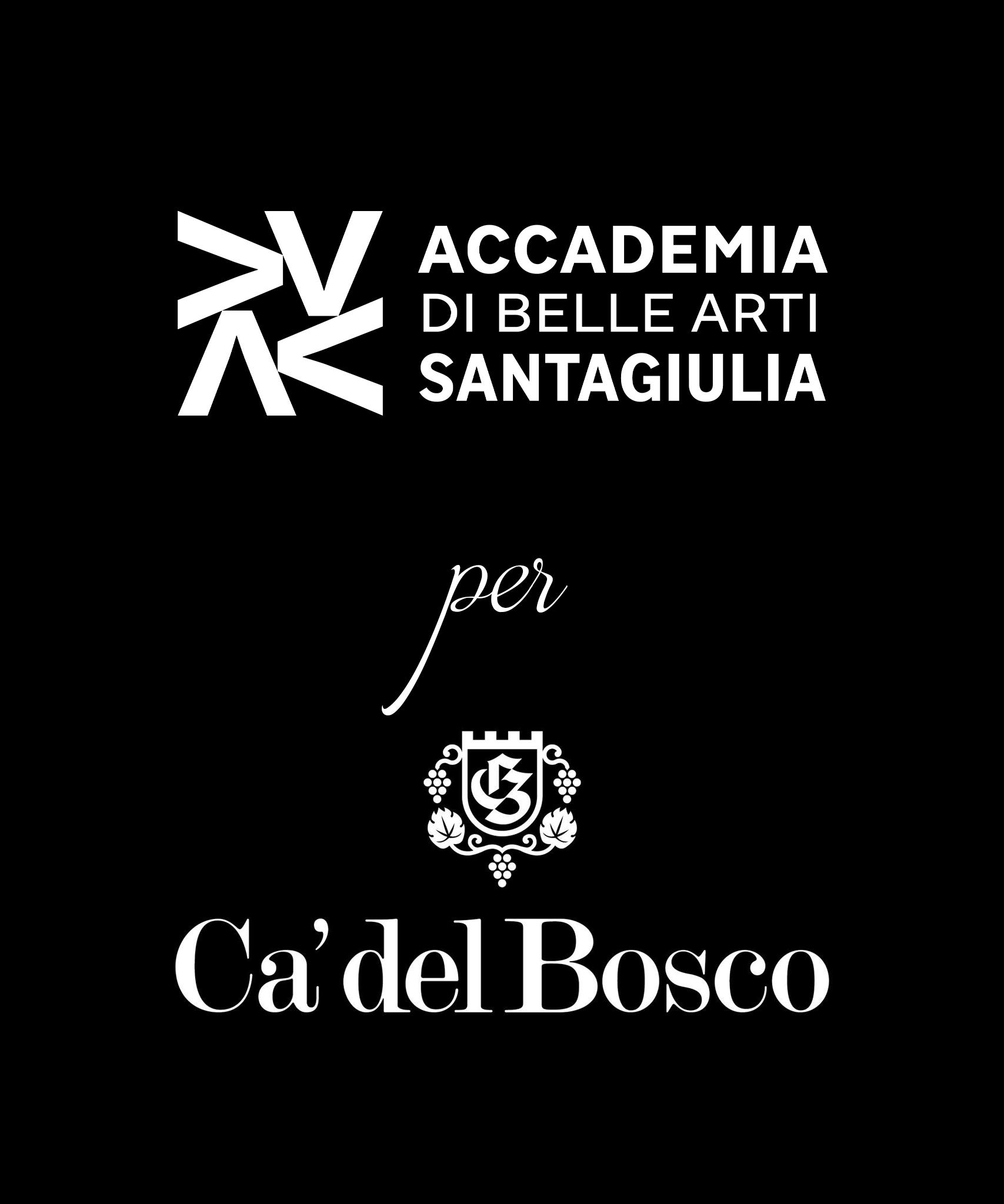by Francesca Vittoria Imperatori, Year II of the postgraduate course in Contemporary Visual Arts (A.Y. 2021/22)

I was born in 1998, I am now attending Year II of the Contemporary Visual Arts course at “SantaGiulia” Fine Arts Academy in Brescia. I graduated in Painting at the same Academy. In my second academic year I attended a semester at the ESA Saint-Luc in Liège (Belgium), where I had the opportunity to learn, become aware and study Arts deeper.
– Francesca Vittoria Imperatori
The concept behind Kokoro
My project is inspired by Zen philosophy and its distinctive garden tradition. For centuries Japanese culture has seen gardens as a place for meditation where natural elements are able to nourish both mind and body, favoring meditation. Zen gardens symbolize the passing of time but also the constant flow of natural vital energy.
In both Japanese and Mandarin, shizen (or jinen) 自然 is the ideogram for Nature (or naturalness) which also literally means ‘being what one is spontaneously’ indicating that nature is self-generated (not created by God as is said in the West). It is a totally autochthonous, self-referential and endogenous process. No external force, nor any human, nor other entities can generate it and enable its development. Nature has no ego, it knows no selfishness: it is pure and uncontaminated, an expression of original genuineness, it is the locus of illumination in its being. Human beings can draw inspiration from this and turn it into a model: listening to the silent voice of nature that incessantly speaks showing its illumination. Kintsugi is also linked to Zen culture, praising the imperfection of objects: the essence of resilience.
In our lives we must try and have a positive attitude when facing traumatic events, use painful experiences as a means to improve, appreciating and exhibiting them, believing that this is what makes a person unique and precious. This is why kintsugi suggests appealing parallels. You should not throw away broken objects. When an object breaks, it is the not the end: its cracks become precious webs. We have to try to recover the object and doing this we can just gain something more.
I decided to call my project Kokoro, from Japanese word “heart”, meaning the heart where in Zen garden the greatest essence is enclosed.
As well as the idea of the Oriental Zen garden, I drew inspiration from the design of the Western one, with the maze as its hallmark. The two also differ in terms of what they consider to be beautiful: perfection of the harmony of shapes is the symbol of beauty in West, as opposed to imperfection in the harmony of shapes in the East.
Since according to Zen philosophy nature is being what one is on one’s own, I thought I would use a mirror to show nature in itself. The mirror at the center will be hit to generate cracks that recall the cracks in the soil, but also those appreciated in kintsugi. However, in this case gold glue will not be used as it is in tradition. I will fill the crack with local soil, with flower seeds. The material that will repair the cracks will be the plant itself that will grow and find its space.
Works in progress for making Kokoro



